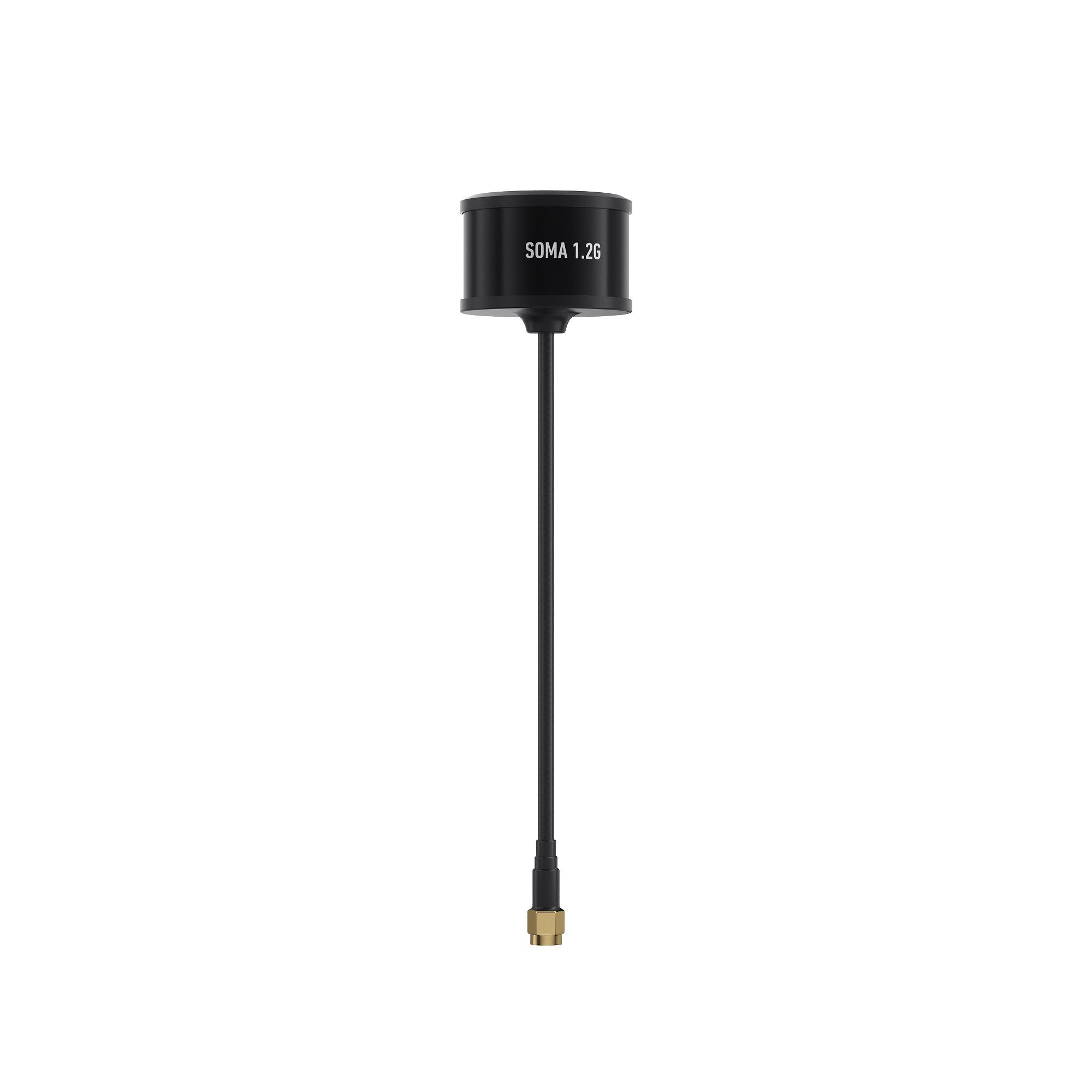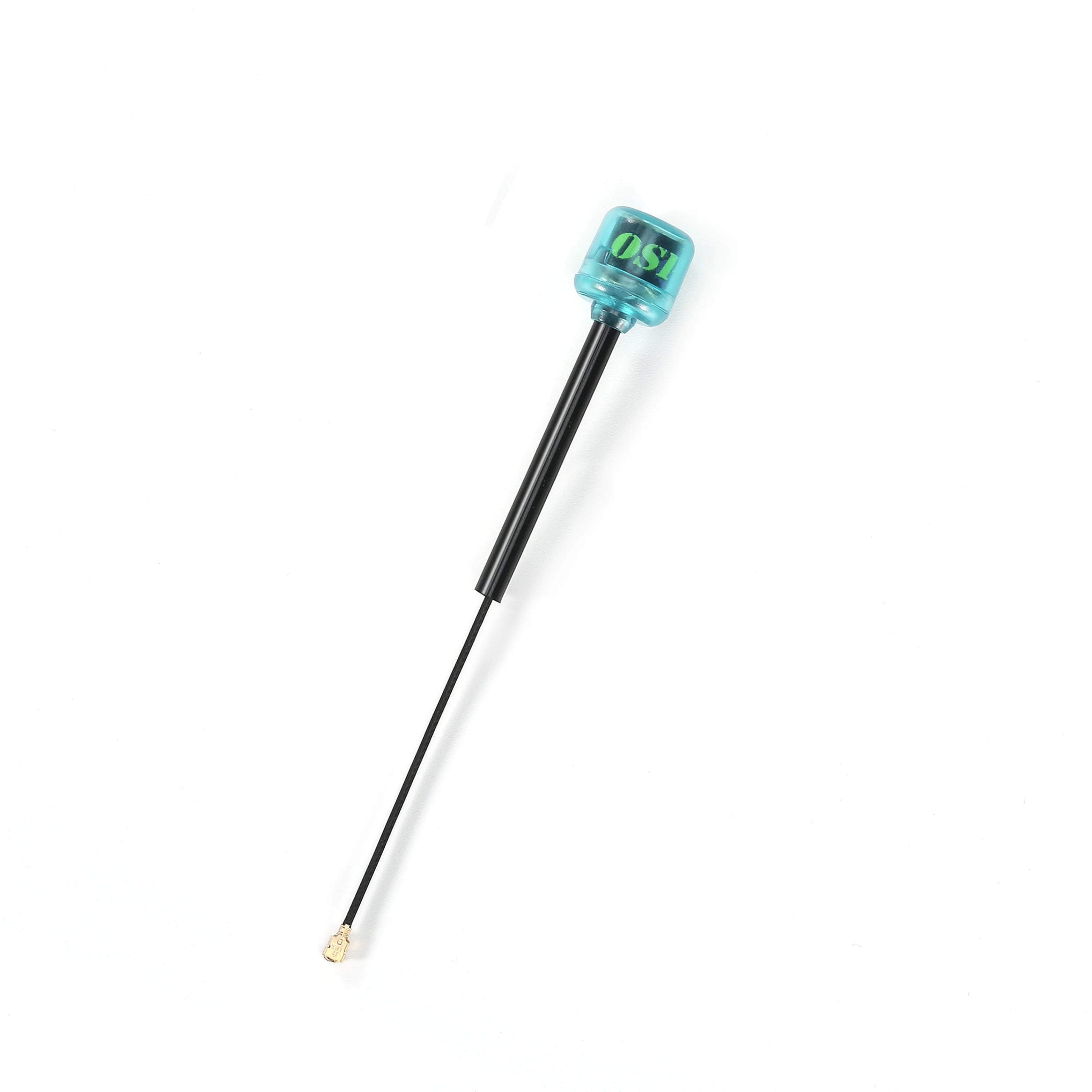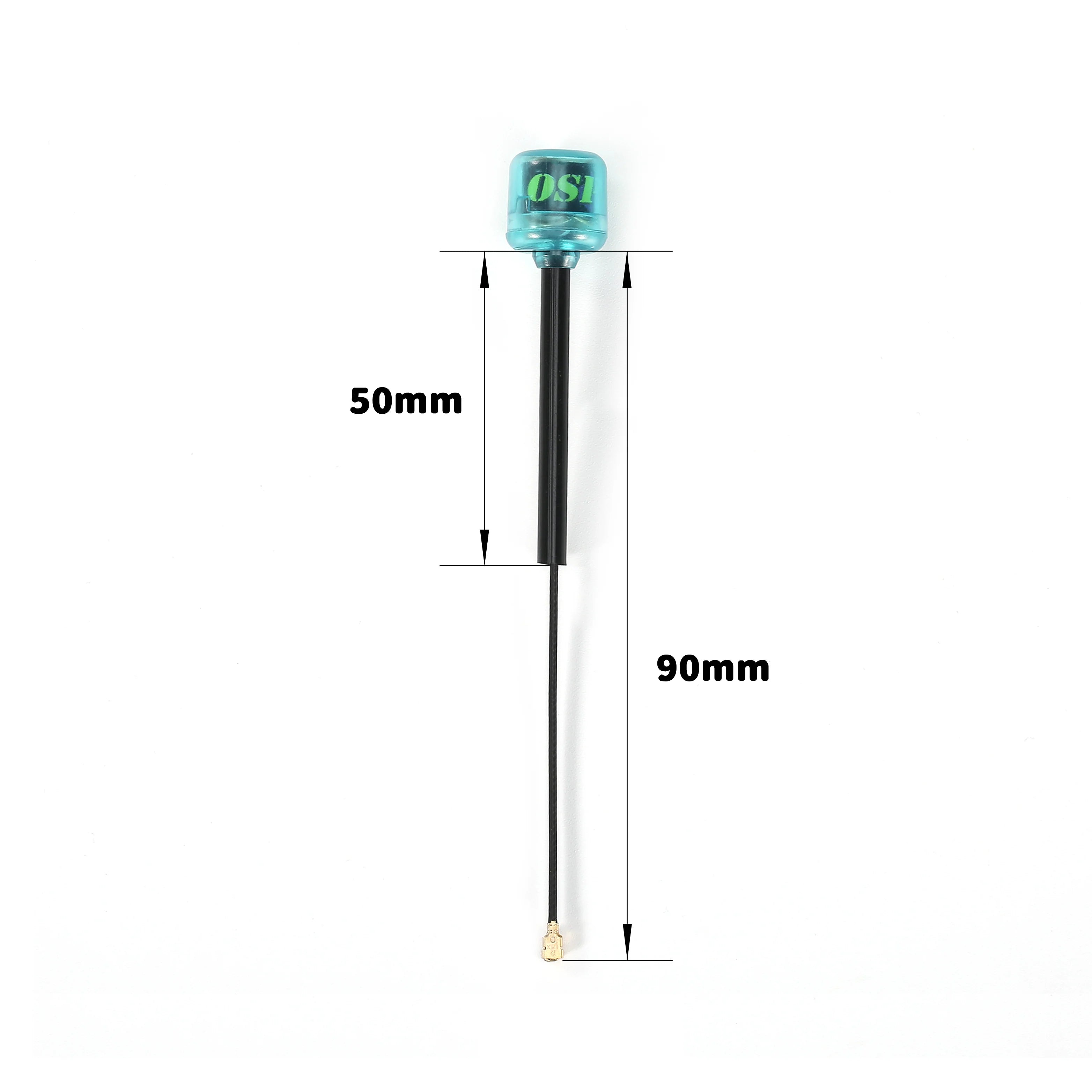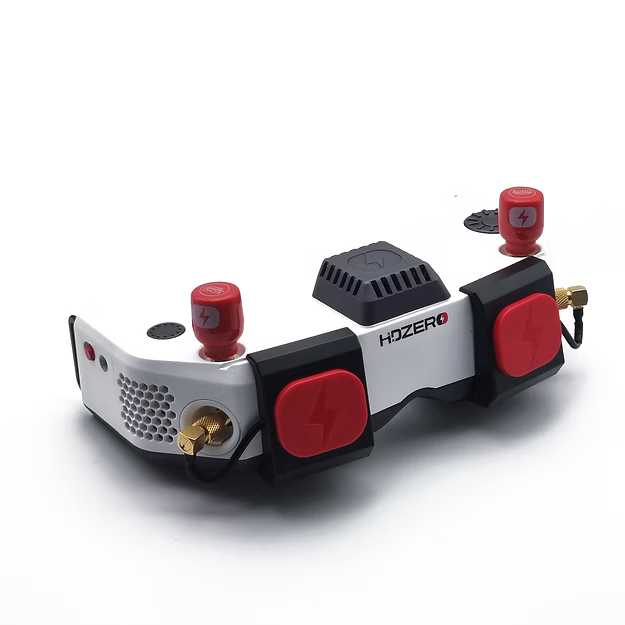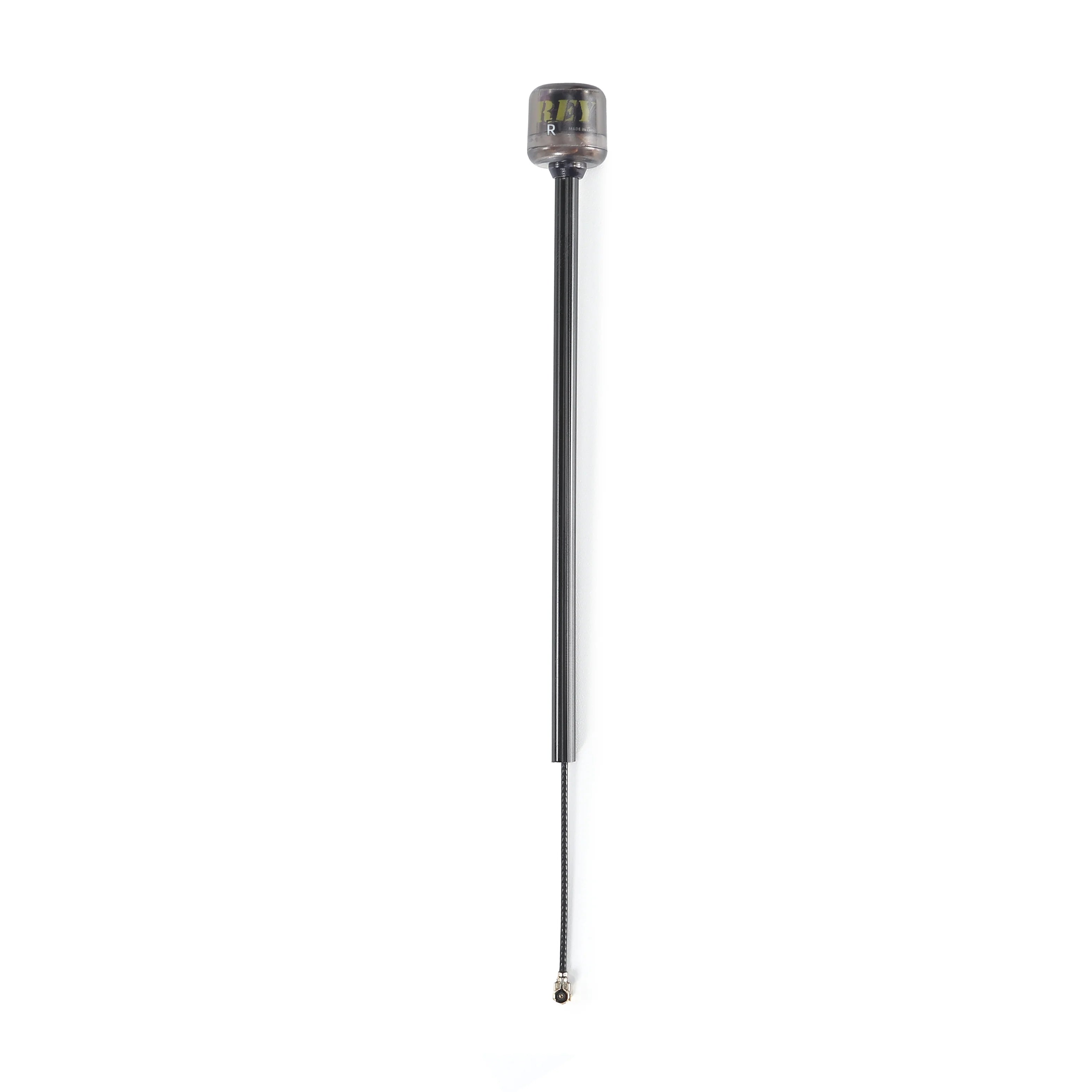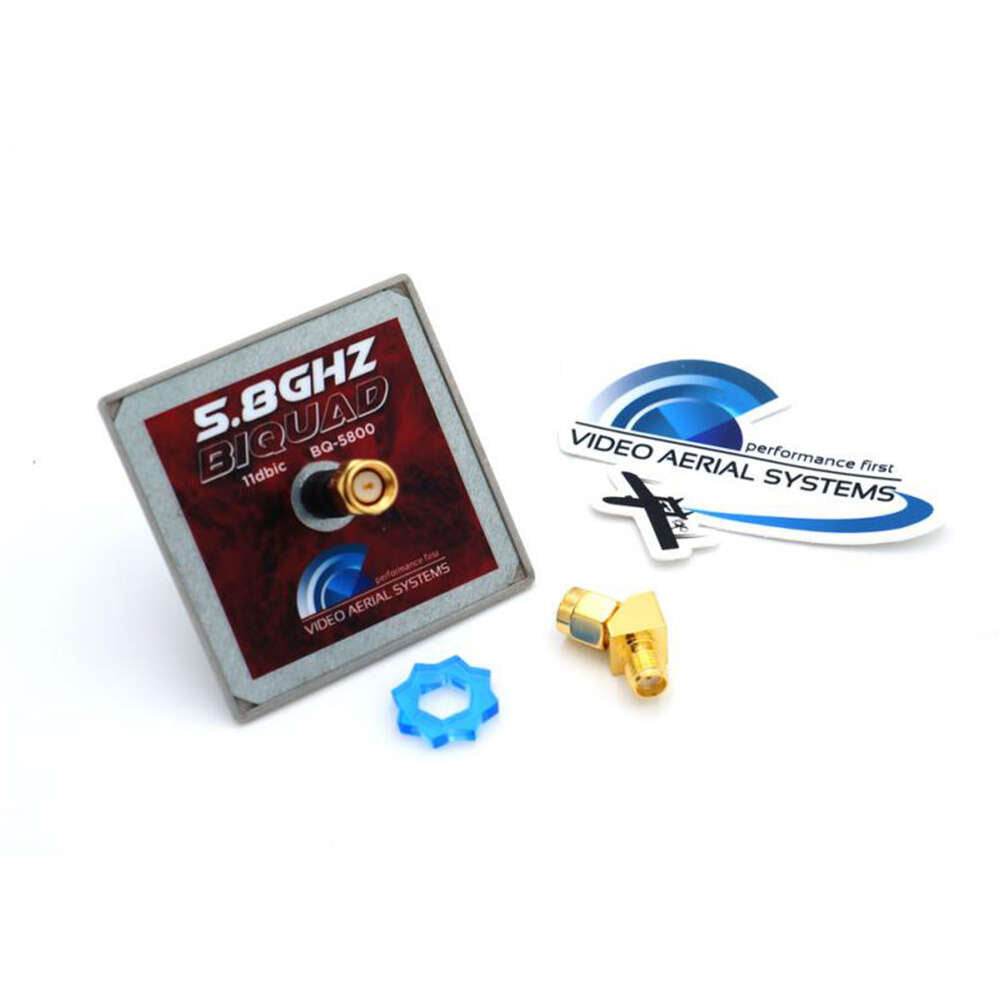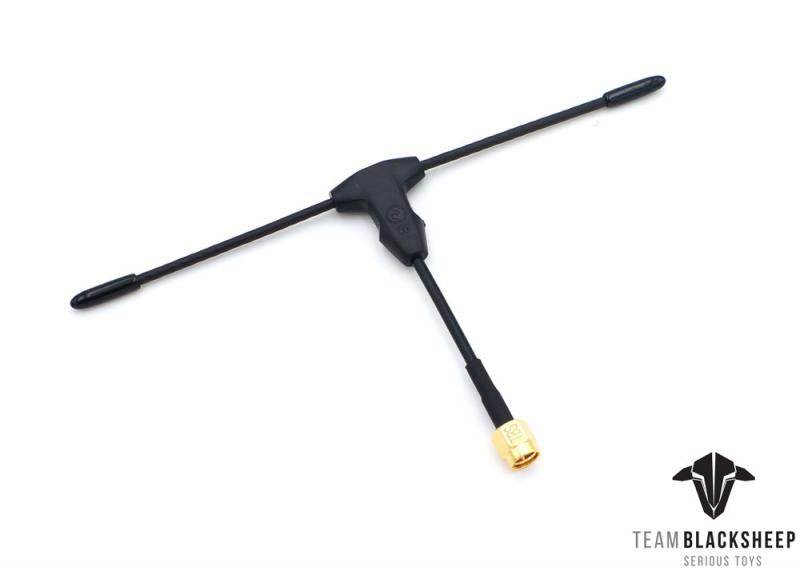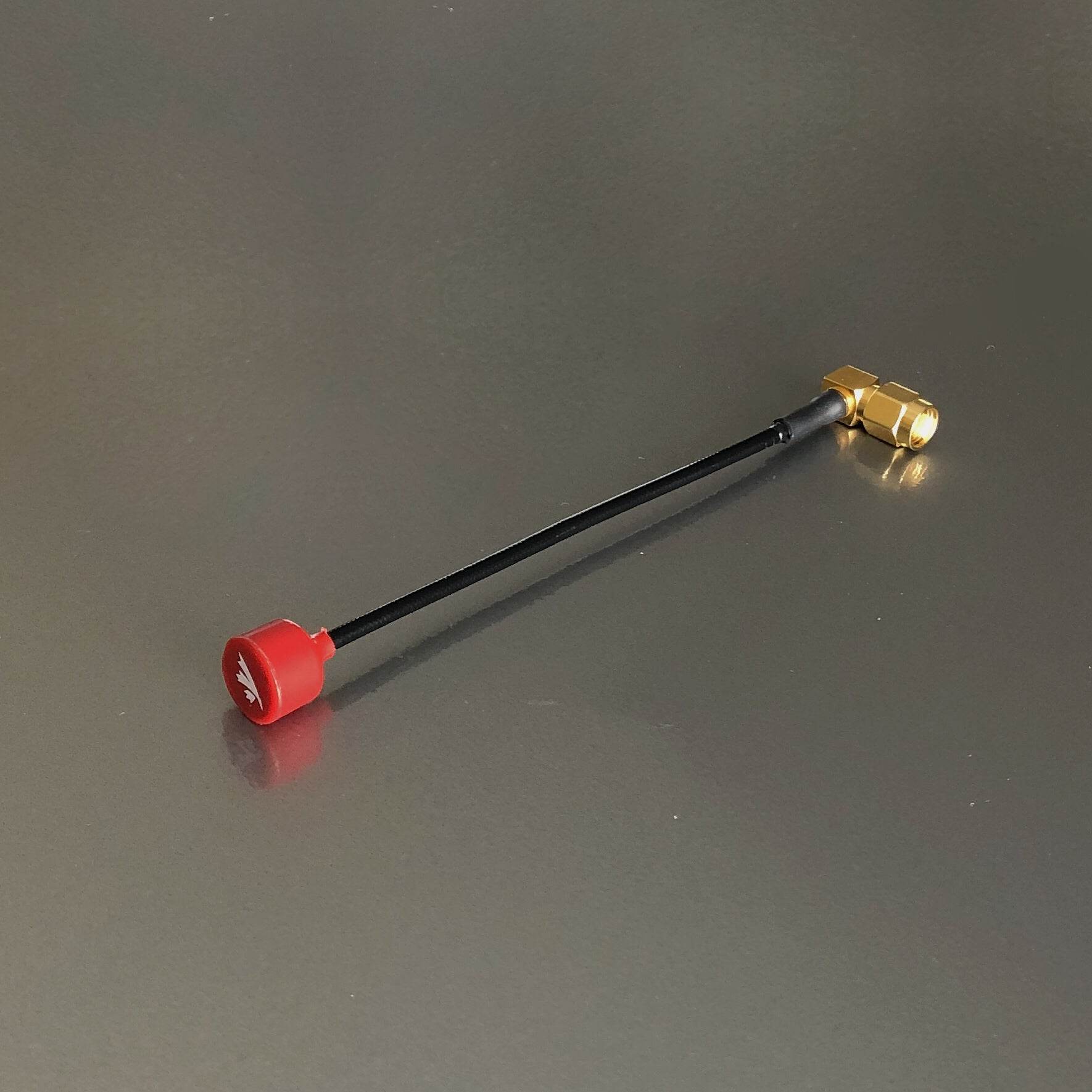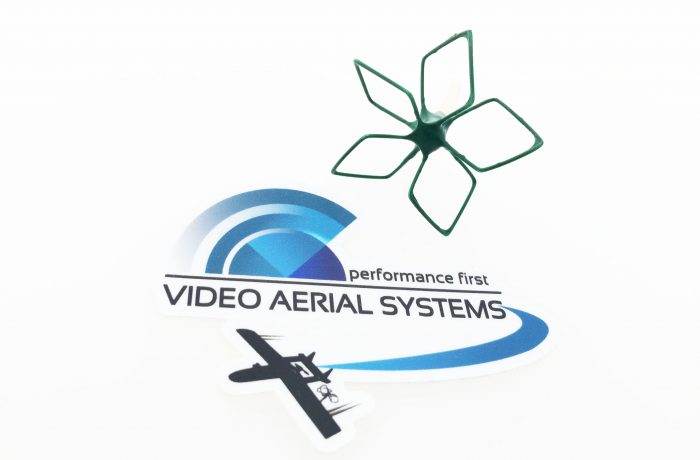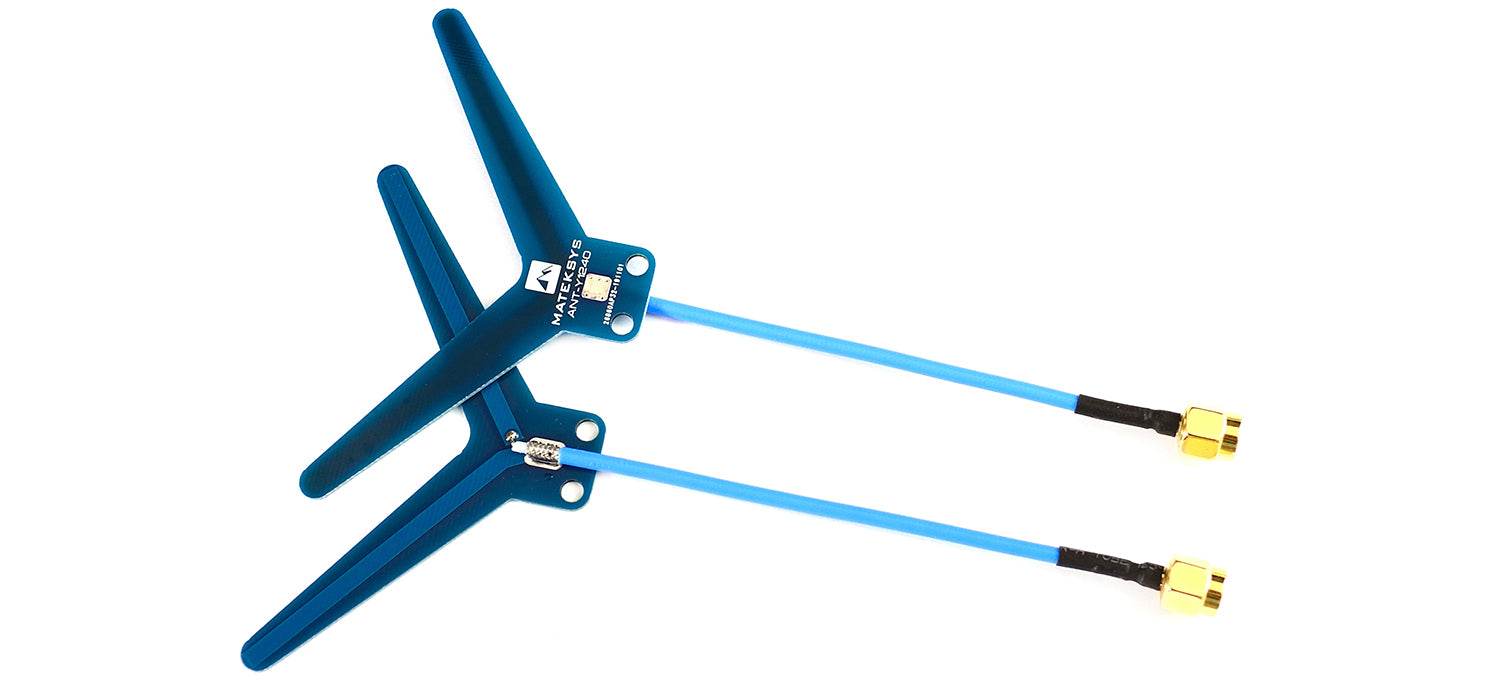Quick Menu
- RISING SUN 3D - ON DEMAND 3D PRINTING
- Ak Interactive
- All Game Terrain
- Ammo by MIG
- Army Painter
- Backpacks and Carrycases
- Bifrost Airbrush Paints
- Coming Soon!
- Connectors
- Chargers
- Gift Cards
- Laser Cutter, Engravers and CNC
- New Items
- Painting Brushes and Tools
- Sale!
- Services
-
- SMS - Premium Acrylic Lacquer Series
- SMS - Pearl Acrylic Lacquer Series
- SMS - Auto Colour
- SMS - Brush Series
- SMS - Cements & Adhesives
- SMS - Colour Sets
- SMS - Colour Shift Acrylic Lacquer Series
- SMS - Crystal Acrylic Lacquer Series
- SMS - DragonAir Airbrushes
- SMS - Effects Acrylic Lacquer Series
- SMS - HyperChrome Series
- SMS - Infinite Colour - Water Based
- SMS - Masking Series
- SMS - Metallic Acrylic Lacquer Series
- SMS - Precision Tools Series
- SMS - Primer Series
- SMS - Thinners, Additives and Paint Remover
- SMS - Weathering Series
- SMS - Wildlife Colours
- STEM
- Trading Card Games
- The Used
- X Class Gear
- Blogs
Antennas
66 products
Showing 1 - 48 of 66 products
Antennas – Optimize Your Signal and Range
Enhance your FPV system with high-quality Antennas from Rising Sun FPV.
We stock LHCP, RHCP, patch, and omni antennas for maximum signal strength, durability, and range.
Fly with confidence — shop FPV antennas today.
Showing 1 - 48 of 66 products
Display
View

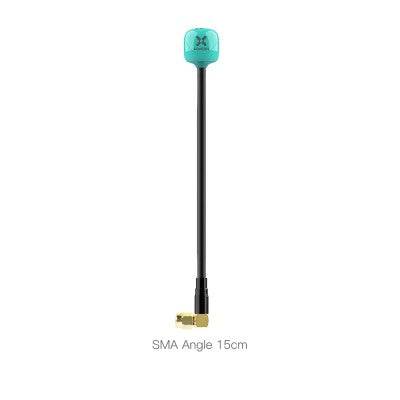
Foxeer Lollipop 4 Plus High Quality 5.8G 2.6dBi FPV Omni LDS Antenna - RHCP
Sale price$31.00 USD
In stock, 9 units
Filters (0)

